Pizza, Pizza!
I’ve had this meal planned in my head for DAYS! I made Vegetarian BBQ Pizza, which contains BBQ-infused sauce, baked BBQ tofu, and pineapple. Yum! I’ve found the key to health(ier) homemade pizza is using a whole wheat pita as the crust.
To make this yummy treat, I coated 1/4 a block of pressed extra firm tofu in BBQ sauce and baked it at 380 for 25 minutes. Then, I prepared the pizza, topping the pita with pasta sauce + 1/2 tablespoon of BBQ sauce, cheese, pineapple bits, and the tofu. Back in then oven for another 12 minutes, and viola!
This is the BBQ sauce I love:
No HFCS here!
Earlier, I snacked on a mini Oh She Glows bar:
On a side note, my desk is a disaster and it’s STRESSING ME OUT.
Seriously.
Common Running Injuries and How to Prevent Them
Guess what subject I get e-mailed about the most? Running injuries! It’s no surprise because my injuries are pretty well documented on the blog (see this post).
I thought I’d compile a list of the top running injuries and how I prevent/avoid them. I’m not a doctor (maybe someday!), so this is just based on my own thoughts and research. Feel free to chime in. Enjoy!
Complaint #1: Chafing: Ever go on a long run, come home, jump in the shower, and discover that your skin is BURNING? Chafing is a really common problem for runners, but it can become a major annoyance. I chafe on my shoulders, rib cage, armpits, and back.
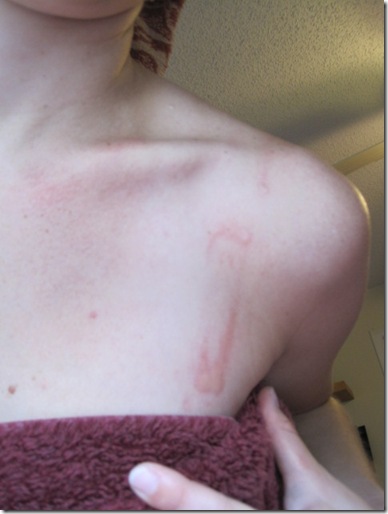
- Solution: Body Glide is AMAZING. I’ve heard Vaseline works well, too, and I’ve used Chap Stick in a pinch. I’ve also begun to use athletic tape to cover up spots that are most prone to chafing, as my sweat tends to remove the Body Glide after a few hours.
Compliant #2: Dehydration: I cannot even tell you how many runners do NOT drink water while running. Your body NEEDS water to engage in cellular respiration and other chemical processes that literally allow you to run or exercise. Studies have found that dehydration of two percent of bodyweight due to dehydration leads to about a six percent reduction in running performance.
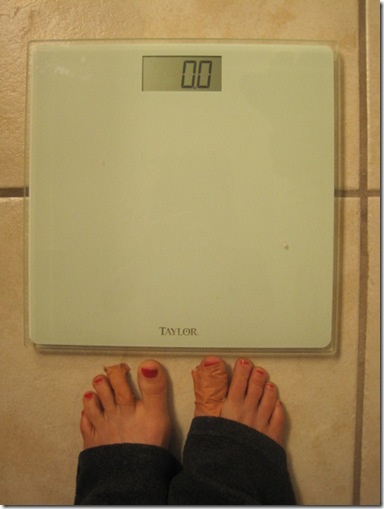
- Solution: Try weighing yourself before and after a long run to determine if you are replacing enough water (you should ideally weigh the same before and after). Or, try looking at the color of your pee after a run. If it’s dark yellow, you are dehydrated. To fuel up on long runs, carry a water bottle, wear a hydration belt, or wear a CamelBak (I prefer CamelBaks).
Compliant #3: Knee / Ankle Pain: Oh, you guys know that I could go on and on about joint pain. :( The most common cause of joint pain is due to overuse – AKA too far, too fast, too soon. If your doctor has ruled out acute injuries such as tears, ruptures, or stress fractures, you might just have simple inflammation.
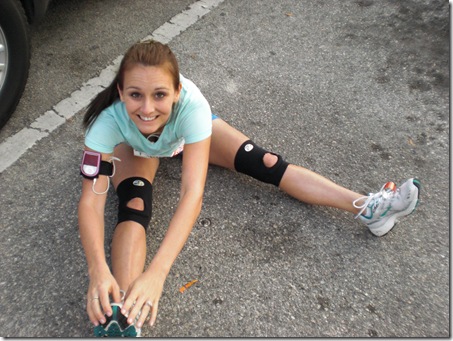
- Solution: Never increase your mileage or speed too fast. Aim for a maximum weekly mileage increase of 10% (i.e. if you run 10 miles total one week, run 11 miles the next, not 13). Icing my knees has been my saving grace, as it allows me to reduce the inflammation after runs (see this post). I also recommend seeing a physical therapist to learn specific strengthening moves that can help build the joint’s resilience. Lastly, you might want to try knee sleeves if you have Patellafemoral Pain Syndrome (PFPS) like I do.
Compliant #4: It Really Hurts When I….: I can’t tell you how many e-mails I’ve received that start off, “I cannot walk down the stairs but I have a half marathon this weekend. Do you think I should do it?†If you have sharp, shooting pain; pain that increases with activity; swelling; and/or a specific spot that hurts (as opposed to generalized pain), DO NOT RUN – you may have a stress fracture.
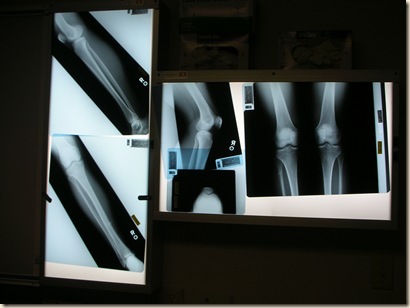
- Solution: If you are experiencing any severe pains, you need to see a doctor ASAP to get an X-Ray and/or an MRI. To prevent stress fractures, take a calcium supplement, eat a healthy diet, eat enough calories (very important), make sure you are menstruating monthly (research has shown that women without their periods are more likely to get stress fractures), and cross train a few days a week.
Compliant #5: Blisters: You know how it goes…. you’re running along, and then a little patch of skin starts to hurt. Next thing you know, a huge blister has formed and you’re limping all over the place.

(Not my foot – it’s Meghann’s. She did this to her ankle during one of our Half Marathons… and she STILL beat me!).
- Solution: MOLESKIN! If you have not tried moleskin yet, you are missing out. You can buy moleskin at the drug store in the foot care aisle. Works well for high-heels, too. 🙂
Compliant #6: Pooping or Peeing Yourself (Hopefully not at the same time, because that would be extra terrible!): It happens to the best of us. Although I’ve never pooped myself (although I have dashed behind the bushes before), I have peed myself during a race (very embarrassing).
- Solution: Hydrate the days leading up to a race, NOT the morning of. Meaning, do not try to cram a bunch of water into your system at 4 AM. Make sure you use the restroom right before the start. To prevent “runner’s trots†(AKA pooping yourself), do not each fiber-rich foods before a run and make sure you do #2 before leaving yourself (induce it with coffee, if you must). Before a race, do not eat anything new or unusual within 48 hours.
What running or exercise injuries have you experienced, and how can you prevent it? Tips? Tricks? More information staying injury-free is HAPPILY accepted!



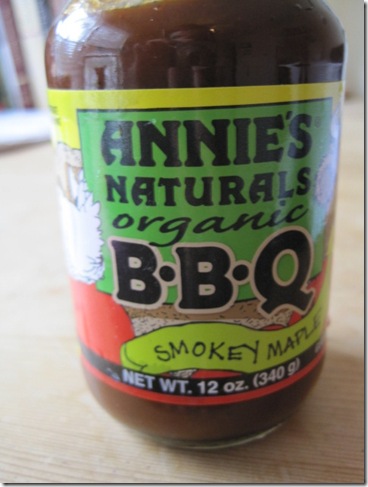
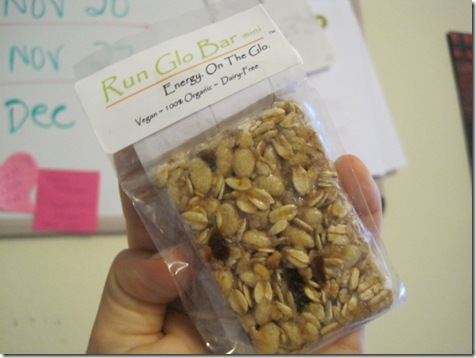
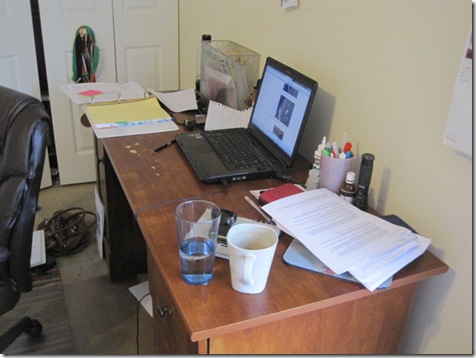
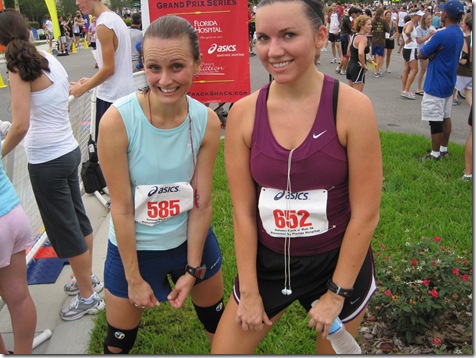
The bloody foot was gross 🙁 and looks very painful!
I agree, when people email me…”this hurts when…” I say Don’t Run!